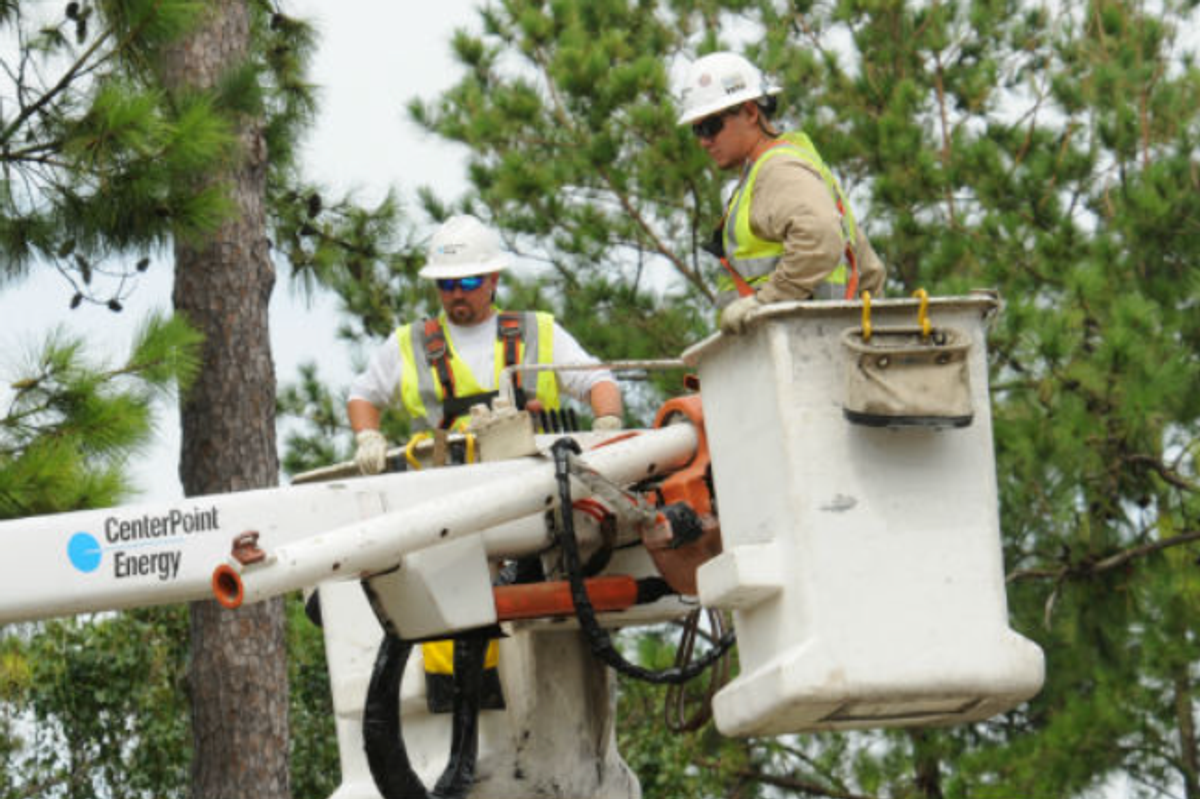What to know about the new emission inspection to register your car in Texas
keep it clean
Beginning January 1, 2025, Texas vehicle owners will no longer need to obtain a safety inspection prior to vehicle registration. House Bill 3297, passed during the 88th Legislature in 2023, eliminates the safety inspection program for non-commercial vehicles.
Under the new law, the $7.50 fee that drivers had to pay as a safety inspection fee has not gone away. It now appears on your registration notice under a new name: "Inspection Program Replacement Fee."
This name change comes courtesy of the legislature, who want to keep collecting this fee because the funds go to state programs such as construction and expansion of state highways — funds they previously collected from the Safety Inspection Fee.
And while the safety inspection is gone, state law will still require that drivers in 17 counties must pass an "emission inspection" on vehicles that are 2 to 24 years old, in order to get your vehicle registered.
But what does an "emissions inspection" mean?
The Texas Department of Public Safety (DPS) details the following changes:
Safety inspection out, emissions testing in
Until December 31, 2024, safety inspections are required for vehicle registration in all 254 counties. Beginning January 1, 2025, noncommercial vehicles in Texas will no longer be required to have an annual safety inspection. Instead, vehicles will have to get an emissions inspection on gasoline-powered vehicles that are 2 to 24 years old.
What is no longer going to be "inspected"?
Texas Transportation Code §548.051 specifies the list of old-school inspection items which will no longer be checked. Moving forward, they will no longer be checking: tires, wheel assembly, safety guards, safety flaps, brakes, steering, lighting, horns, mirrors, windshield wipers, sunscreening devices, and front seat belts in vehicles on which seat belt anchorages were part of the manufacturer's original equipment.
What will still be inspected are listed as "Items 12–15": exhaust system, exhaust emissions system, fuel tank cap, and emissions control equipment. These will be part of the emissions inspection process in 17 counties.
Those 17 counties where this is relevant include:
- DFW: Collin, Dallas, Denton, Ellis, Johnson, Kaufman, Parker, Rockwall, and Tarrant
- Houston: Brazoria, Fort Bend, Galveston, Harris, and Montgomery
- Austin: Travis and Williamson
- El Paso County
Beginning on November 1, 2026, emissions inspections will be required for vehicles registered in Bexar County.
Where will emissions inspections be obtained?
Emissions inspections can be obtained at DPS-certified vehicle inspection stations in the 17 emissions counties. These will be the exact same inspection locations we've been going to all along, when it was called a safety inspection. Emissions inspections are not available in the other 237 Texas counties.
DPS offers an inspection station locator online.
What is the estimated cost of an emissions inspection?
Vehicle owners will pay an emissions inspection fee of $2.50 annually to the Texas Department of Motor Vehicles (TxDMV) at the time of registration. The actual fee you'll pay at the inspection station (as listed on TCEQ’s website) will be $25.50. Just like the former "safety inspection" fee.
In short: There is little that's changing about the entire inspection process, except they won't bother making you honk your horn.
———
This article originally ran on CultureMap.










